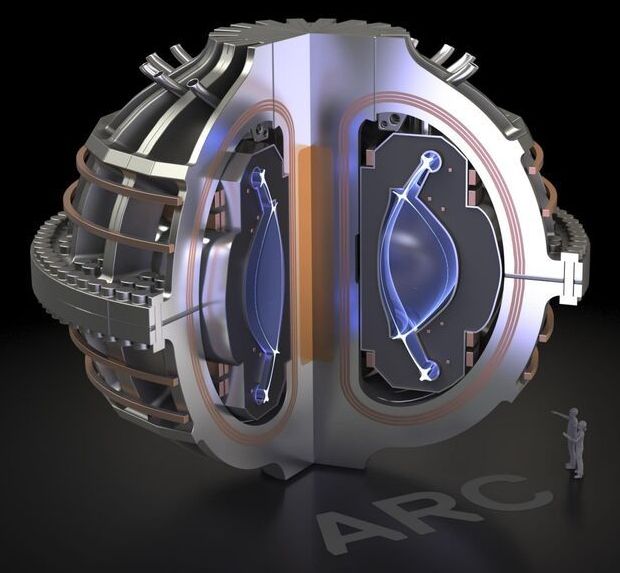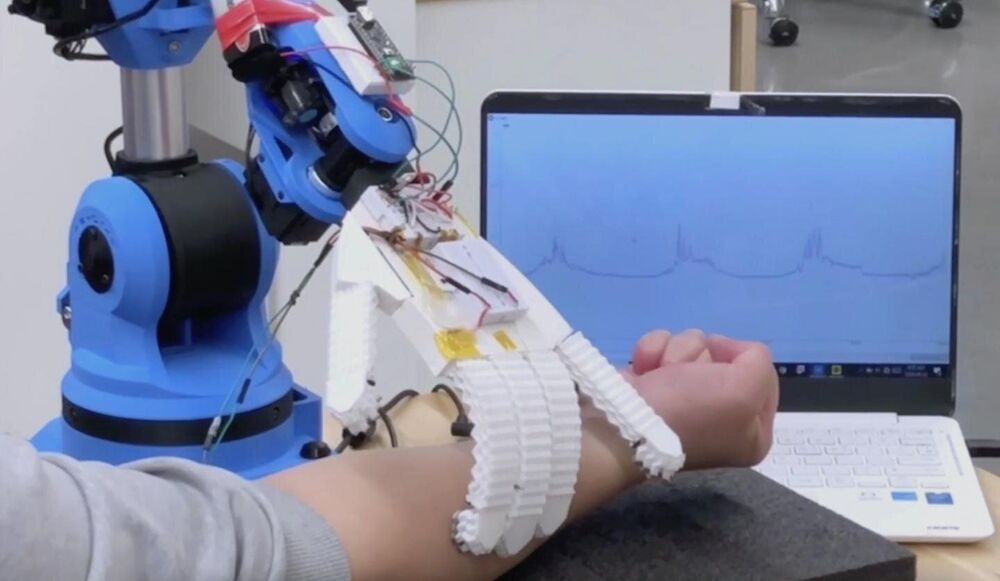Mar 1, 2021
Whales and dolphins can resist cancer and their DNA reveals why
Posted by Brent Ellman in categories: biotech/medical, evolution
Now, Tejada-Martinez and her colleagues have studied the evolution of 1077 tumour suppressor genes (TSGs). In all, they compared the evolution of the genes in 15 mammalian species, including seven cetacean species.
Genes regulating DNA damage, tumour spread and the immune system were positively selected among the cetaceans. The team also found that cetaceans gained and lost TSGs at a rate 2.4 times higher than in other mammals.
It’s not like we’re gonna be taking whale genes and putting them into humans and making humans cancer resistant, says Lynch. But if you can find the genes that play a role in tumour suppression in other animals, and if you could figure out what they’re doing, maybe you can make a drug that mimics that for human treatment…


















